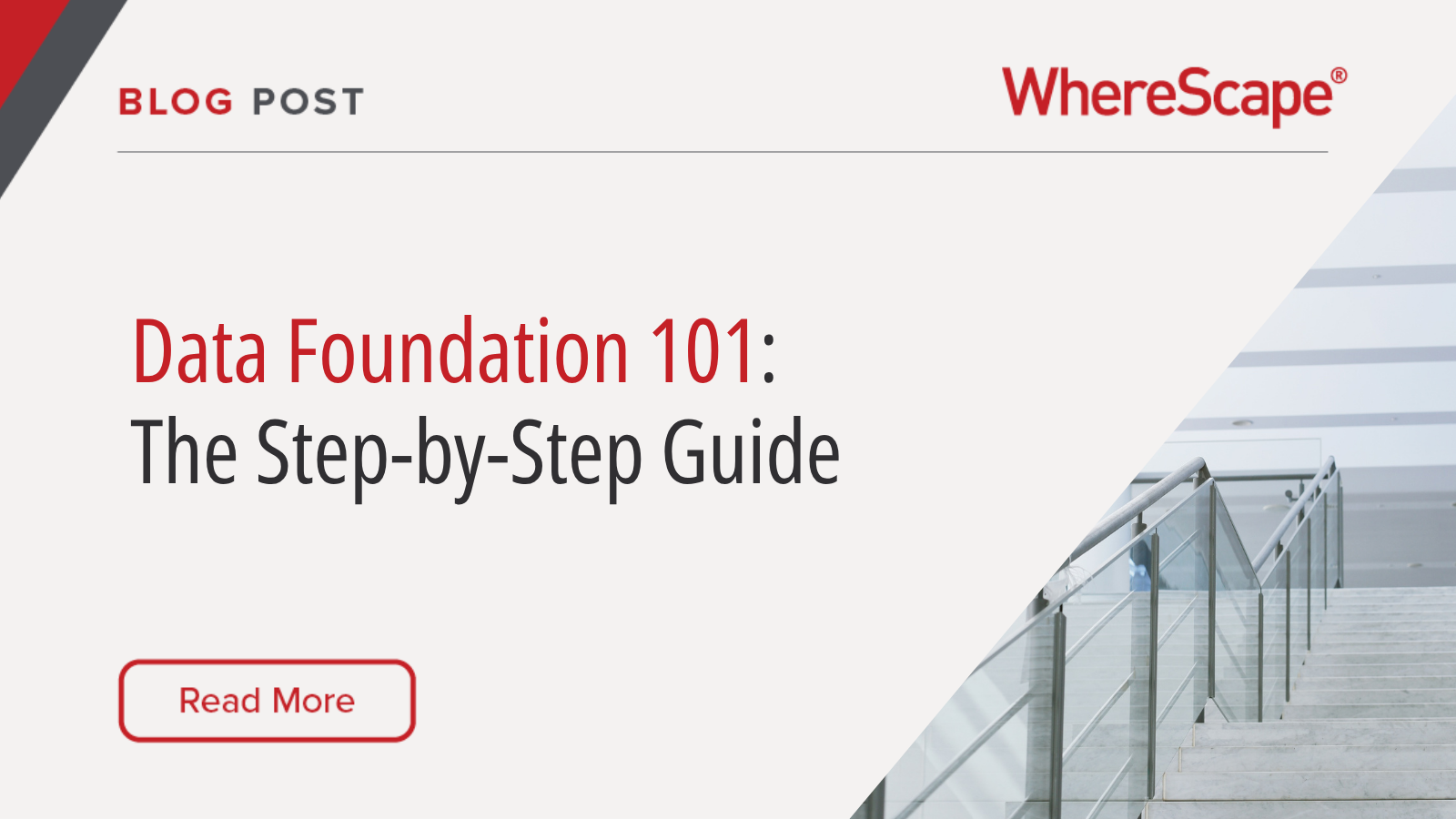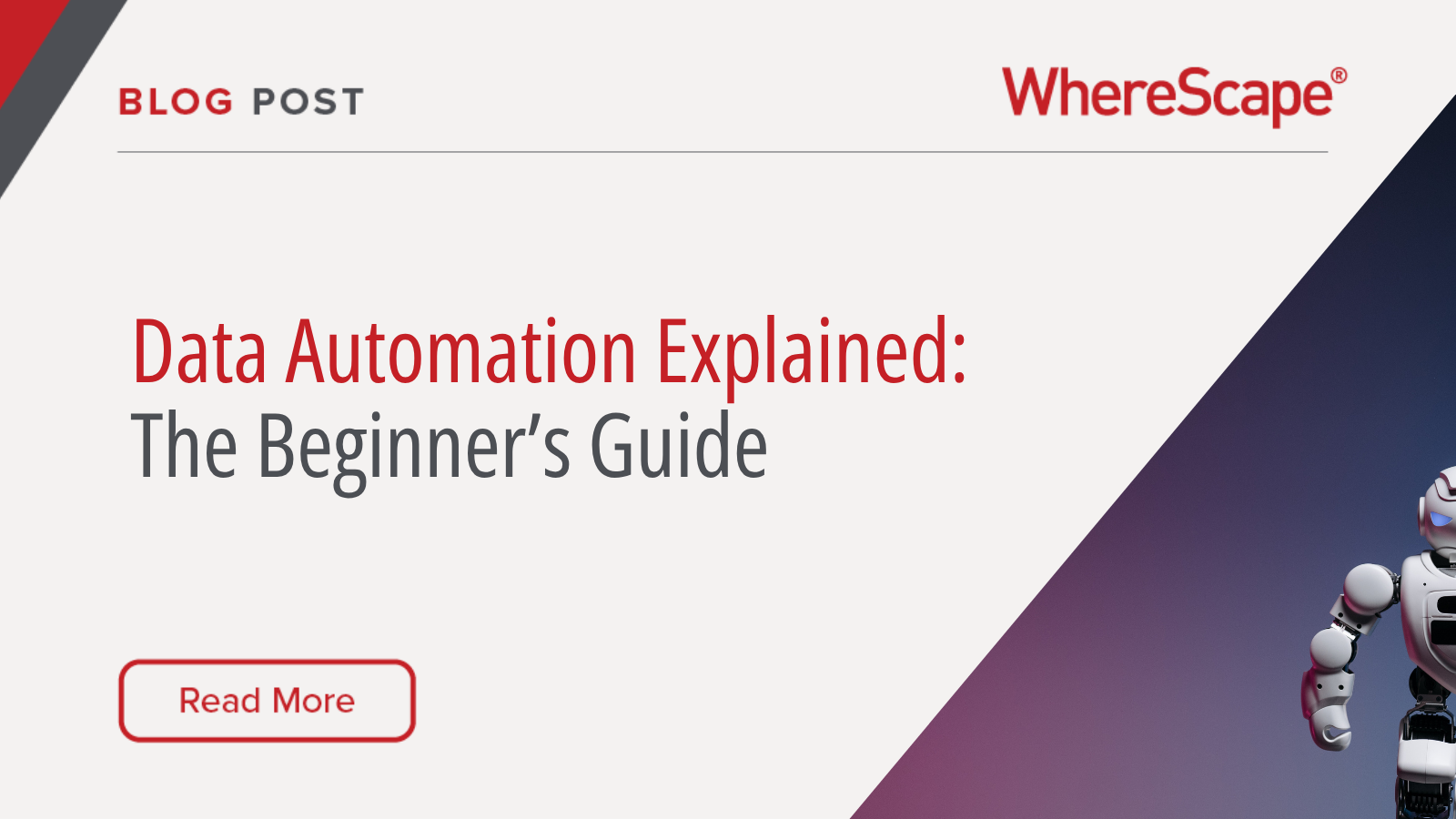The combination of WhereScape RED data automation technology and EXASOL’s in-memory analytic database gives developers a plethora of new data modelling capabilities. Here are five ways your team can use this combination to transform the way they work with data.
- Intuitive drag-and-drop modelling
The partnership allows you to build a malleable data warehouse on EXASOL via an intuitive drag-and-drop GUI that automates the actions you commit. This allows complex data ecosystems to be built in a fraction of the time compared to hand-coding, and without the inevitable human error. Teams can commit fewer resources yet achieve the insight they are looking for faster. Plus, you never need to write documentation again!
- Faster ELT
WhereScape RED either complements your existing ETL processes and speeds it up, or replaces them with a highly scalable ELT architecture that leverages the power of EXASOL and performs the transformation process using the power of the database. You can use this to quickly build native EXASOL objects and even an entire semantic layer.
- Orchestration made simple
WhereScape RED for EXASOL does not add another new product into your already complex web of data creating, sharing or analysis technology. Instead it ensures your existing data sources, targets and BI tools feed in and out of EXASOL as quickly as possible without the need for manual handoffs. WhereScape RED is essentially an integrated development environment, enabling you to unravel the complexity that slows you down.
- New features
As RED commits changes made in its GUI, it simultaneously creates standardized documentation for them, creating a full audit trail. This means new EXASOL features can be seamlessly integrated as soon as they are available, without a need for work-around solutions to be hand-coded.
- Value for money
Data automation allows teams to do more with less budget. This is useful for a company of any size of course, but it allows smaller teams to build structures that previously lay outside their scope. The reduced resources required means more time to work on other initiatives, or as in the case of many companies we have worked with, less money spent on outsourcing.
Partner Focus
Since 2008, EXASOL has led the Transaction Processing Performance Council’s TPC-H benchmark for analytical scenarios, in all data volume-based categories 100 GB, 300 GB, 1 TB, 3 TB, 10 TB, 30 TB and 100 TB.
EXASOL holds the top position in absolute performance as well as price/performance. It is a parallelized relational database management system (RDBMS) which runs on a cluster of standard computer hardware servers. Following the SPMD model, the identical code is executed on each node simultaneously. The data is stored in a column-oriented way and proprietary in-memory compression methods are used. Given its self-optimizing and tuning-free features, the database gives you more time to focus on analytics and insights, not administration.
EXASOL Xperience Berlin
We are delighted to sponsor EXASOL Xperience in Berlin on July 3-5, and see this as an ideal time to showcase what our new integration can do. Come and visit the WhereScape team for a demo. We hope to see you there.



